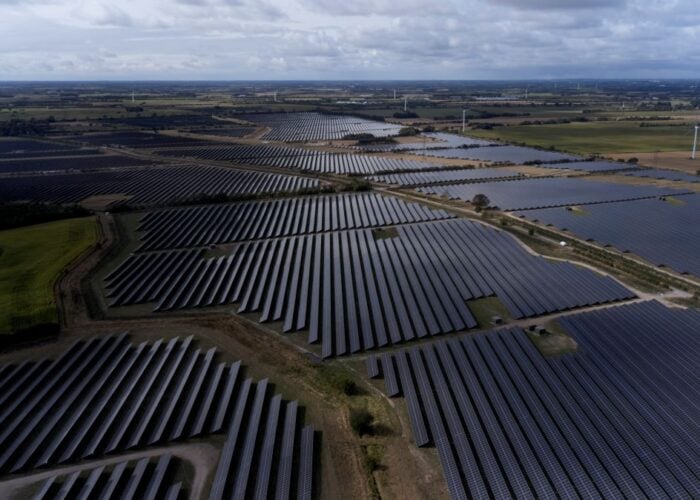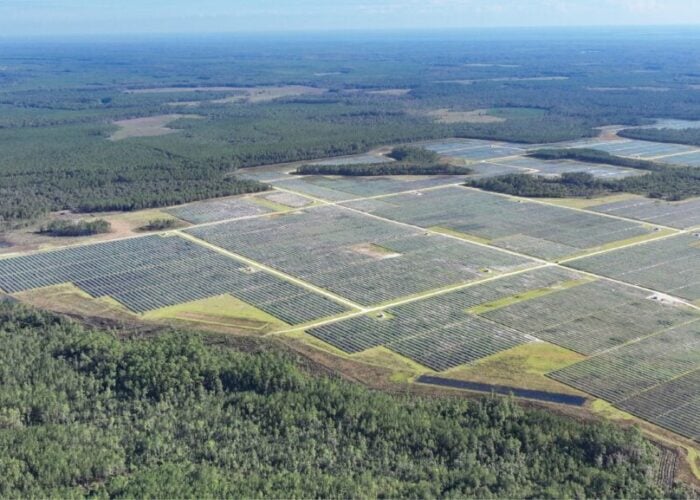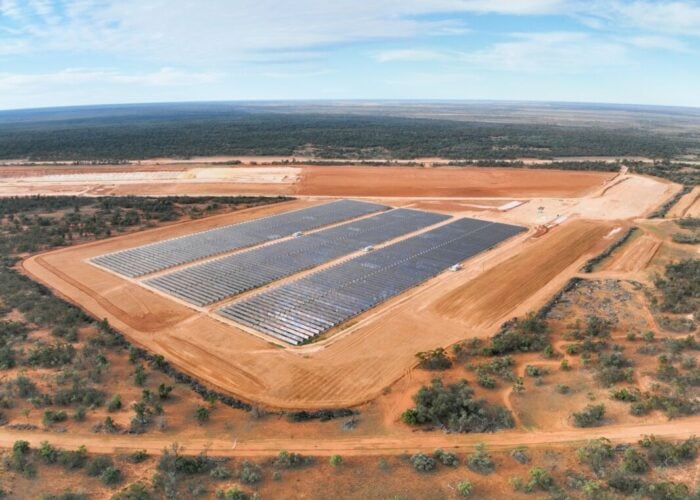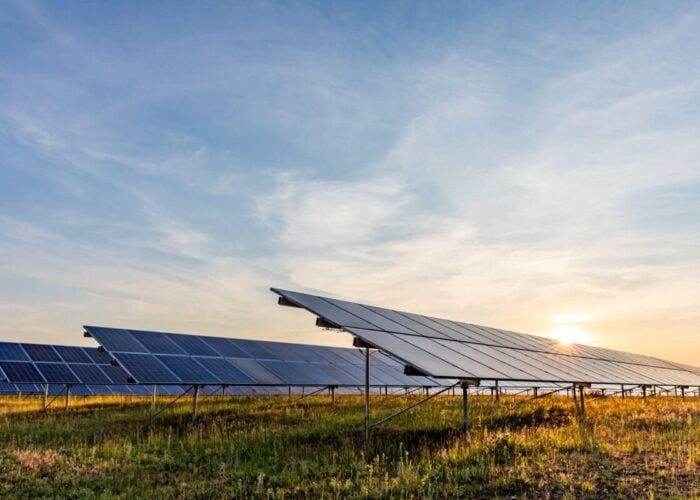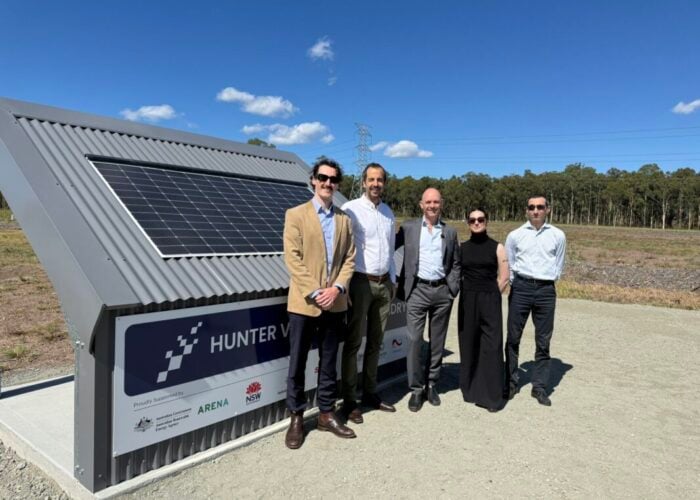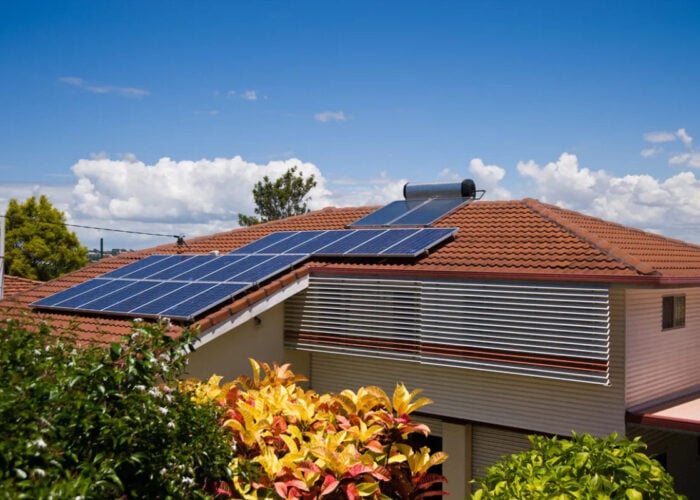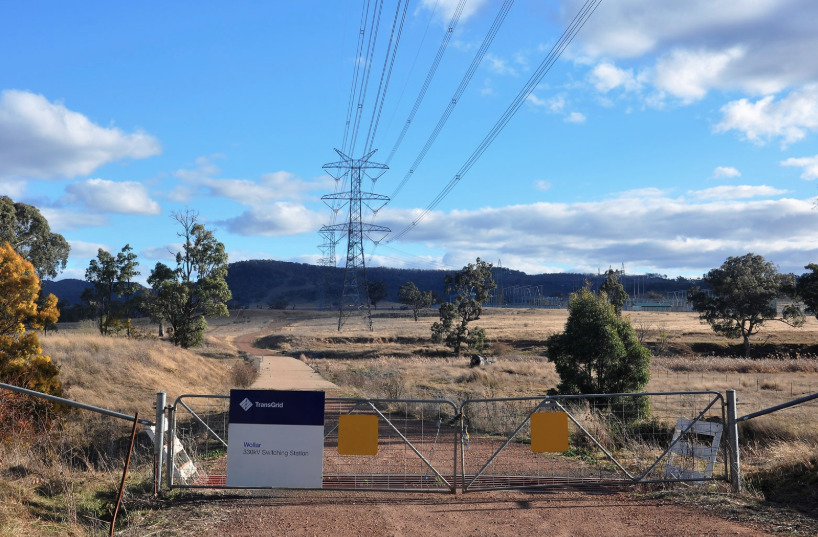
Developers of two significant solar-plus-storage projects in the Australian state of New South Wales have been given the go-ahead, with only minor conditions added to their proposals.
The NSW government’s Independent Planning Commission approved yesterday (9 March) an AU$768 million (US$503 million) solar-plus-storage project on the Northern Tablelands, despite the proposed development initially receiving 67 public objections.
Try Premium for just $1
- Full premium access for the first month at only $1
- Converts to an annual rate after 30 days unless cancelled
- Cancel anytime during the trial period
Premium Benefits
- Expert industry analysis and interviews
- Digital access to PV Tech Power journal
- Exclusive event discounts
Or get the full Premium subscription right away
Or continue reading this article for free
Developer UPC Renewables Australia will now be able to kickstart the 720MW New England Solar Farm, which will be combined with 200MW/400MWh of lithium-ion battery storage and set on 3,362 hectares of agricultural land, 6 kilometres east of Uralla.
Public concerns revolved around the compatibility of the proposed land use, the project's visual impacts, traffic management, effects on livestock, and the decommissioning and rehabilitation of the project and land.
The NSW Department of Planning, Industry and Environment sent the application to the Commission for review on 20 December. The Commission then approved the project application this week, deeming it to be in the public interest, but added a number of conditions.
Decommissioning plan
As currently designed, the New England Solar project would include more than 2.4 million PV modules installed on single-axis trackers, with 150 inverters alongside the lithium-ion battery storage facility. It would be spread across two arrays – 500MW and 220MW respectively – that would be connected by cabling.
The system would then connect to an existing 330kV transmission line of TransGrid – the utility powering NSW and the Australian Capital Territory – that transects the development site.
As it approved the 720MW of new solar and 200MW/400MWh of new batteries, the Commission argued that UPC's project “would not fragment or alienate resource lands […] as the land could be easily returned to agricultural land following decommissioning, and the inherent agricultural capability of the land would not be affected”.
The planning body also said there would be “no significant visual impacts” on the nearby residences. However, it added a requirement for UPC to make vegetation screening available for one neighbouring resident that would be impacted.
The developer will also have to mitigate any transport and traffic impacts through a Traffic Management Plan, to be prepared in consultation with Roads and Maritime Services and Uralla Shire Council. Likewise, to ensure decommissioning will be in line with local expectations, UPC must prepare a Decommissioning and Rehabilitation Plan within three years of commencing operations.
Noting the difficulty of forecasting scrap value in 30 years’ time, UPC stated: “When considering the value derived from scrap materials against the cost of labour, machinery and disposal, the project could be decommissioned and rehabilitated for a net cost of approximately AU$39 million.”
This would be “no more than 10% of the capital value of the plant,” added UPC.
Wollar Solar Farm bags approval
In separate news, the NSW government also moved recently to approve the 290MW Wollar Solar Farm. The project, featuring a proposed 30MW/30MWh battery storage add-on, has been deemed in the public interest.
The AU$431 million (US$282 million) project is being developed by Wollar Solar Development Pty Ltd, a renewable energy firm set up in 2017. The system is located seven kilometres south of Wollar Village and is set to create up to 320 construction jobs. The battery storage facility will also offer dispatchable power to the National Energy Market (NEM), with both projects contributing to NSW's shift away from fossil fuels.
The NSW Department of Planning, Industry and Environment deemed that Wollar's impacts on the community and the environment can be appropriately minimised, managed or offset to an acceptable level, subject to certain conditions.
It said the land could be easily returned to agriculture land following decommissioning and it also considered the visual impact of the project on the surrounding residences and road users to be minimal.
Willar's developer will, however, have to ensure that off-site visual impacts of the development – including the potential for any glare or reflection – are minimised and external lighting is mitigated.
Wollar Solar Development is also required to prepare an Accommodation and Employment Strategy for the project, with consideration of the cumulative impacts associated with other State significant development (SSD) projects in the area.
This proposed solar farm would connect to another existing TransGrid substation, standing approximately 900 metres east of the proposal area.
Last summer, British developer RES also received NSW's planning approval for a 200MW solar plant with a 10MW/10MWh lithium-ion battery storage facility in the state.

